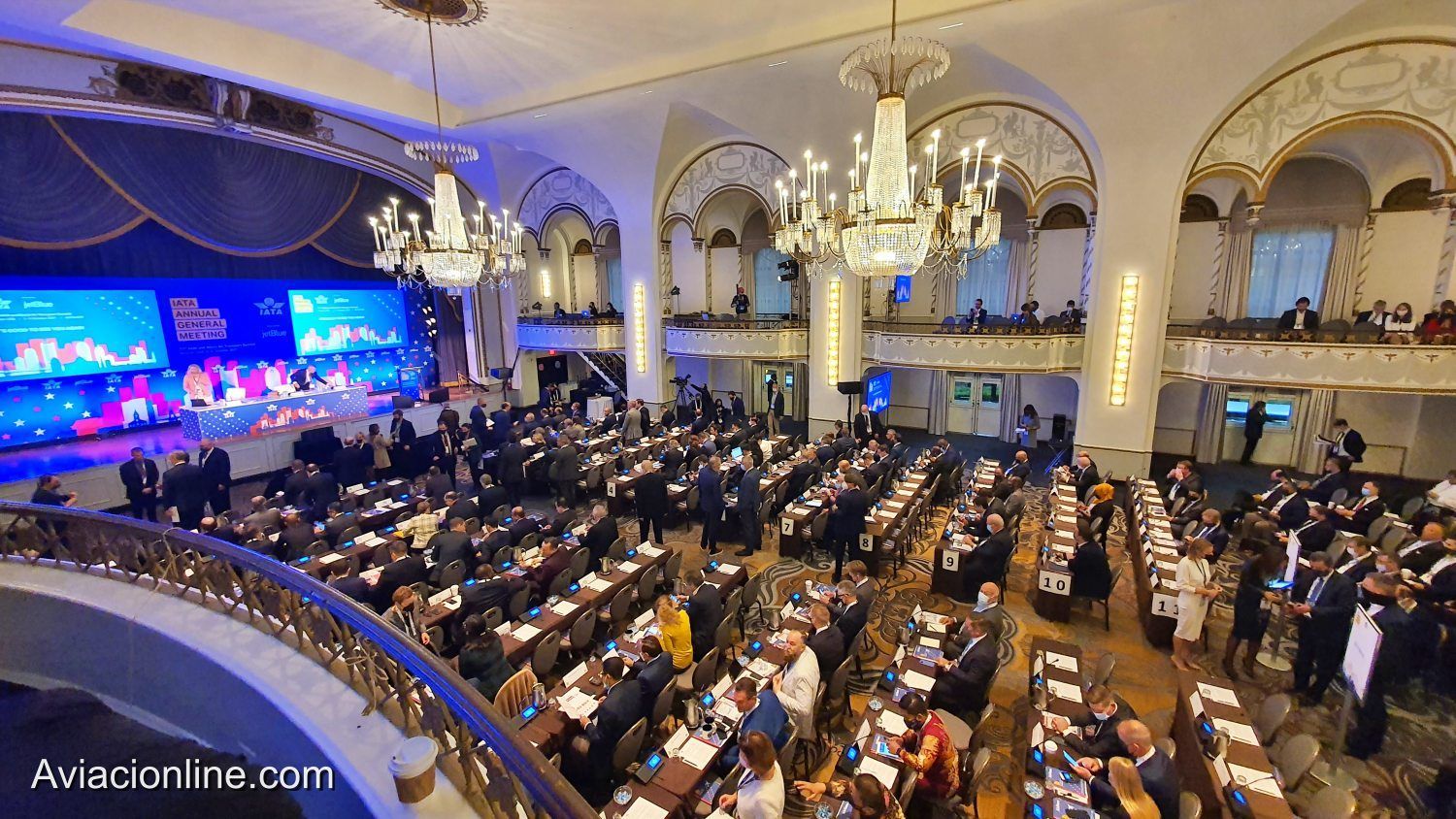Today morning, at the IATA General Assembly that is taking place in Boston, the member airlines approved an ambitious sustainability proposal that fosters to achieve carbon neutrality at the industry level by 2050. This will double the original plan to reduce them by half which was the target established in the last decade.
However, there were objections raised by representatives of the Chinese airlines, who proposed an amendment to adjust the timeline, arguing on the different environmental objectives of each country. Those objections were not supported by other members thus IATA finally approved the proposal.
During his presentation, Willie Walsh, IATA General Director, highlighted the financial and technological efforts that the industry has made over the last decade to move towards sustainability. He clarified that airlines have advanced individually in this direction and that for others it will be more difficult to do so.
He also called on not only airlines to try harder, but also industry suppliers and governments, by creating environments that favor the development of innovative technologies, sustainable fuels, and the necessary infrastructure to implement them, without representing extra costs.
«These measures must allow future generations the freedom to fly,» Walsh added.
«We have a plan. Achieving this scale of the industry in 2050 will require the mitigation of 1.8 gigatons of carbon. One potential scenario is that 65% of that will be reduced through sustainable alternative fuels. We also expect new propulsion technologies, such as hydrogen, to take care of 13%, while improving efficiency will account for another 3%. The remainder can be achieved through carbon capture and storage (11%) and offsets (8%),» he continued.
The proposal incorporates significant milestones. By 2025, sustainable fuel production is expected to reach 7.9 billion liters, about 2% of the total required by the industry. That figure will reach 23 billion (5.2% of the total) by 2030, by which time air navigation service providers will have implemented the ICAO Aviation System Block System Upgrades and specific programs such as the Single European Sky.
By 2035, sustainable fuel production will climb to 91 billion liters (17% of the total), as electric or hydrogen-powered aircraft become available in the 50-100 seat regional segment for 30–90-minute flights.
Sustainable fuel production would reach 229 billion liters by 2040, representing 39% of the total. Hydrogen-powered aircraft will reach the short-haul market in the 100- to 150-seat segment for flights lasting 45 to 120 minutes.
By 2045, the 50% sustainable fuels supply barrier will be surpassed, with 346 billion liters per year, and by 2050 that figure will reach 449 billion liters, representing 65% of the total needed by the industry.
«Sustainable fuels will drive most global emissions mitigation actions by 2050. The recently announced U.S. challenge to increase the supply of sustainable fuels to 11 billion liters by 2030 is a fitting example of the kind of policies that will lead to aviation sustainability,» said Willie Walsh.
He also highlighted the announcement by producers to supply billions of extra liters of fuel but warned that «we cannot tolerate announcements without follow-up» and that «to be meaningful, suppliers must be responsible for delivering alternative fuels at competitive prices.»
At a press conference following the session, he said he estimated that this will involve a gross cost to the industry of around $2 trillion by 2050.
Aviacionline is in Boston covering the most important event of the airline industry, so we invite you to follow all the updates that we will be doing through the microsite aviacionline.com/iataagm2021 and the minute by minute on our Twitter account, as well as our YouTube channel, with the streaming of the most relevant conferences.


Comentarios
Para comentar, debés estar registrado
Por favor, iniciá sesión